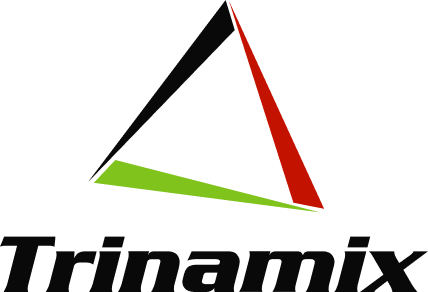Client Background
The customer is one of the largest cabinet manufacturers in North America, offering a wide range of kitchen and bath cabinets, as well as cabinetry for offices, laundry rooms, and entertainment spaces. Known for their high quality, durability, and attractive designs, their products cater to a variety of home and commercial applications.
To streamline their operations and support product innovation, the company partnered with Trinamix for an Oracle PLM Cloud Assessment and Global Design initiative.
Legacy Platform or Competitive Replace
EBS, Tier-2 ERPs: Friedman & OFS

Client Industry
- Manufacturing

Project location
- North America (Indiana)

Modules
- Oracle Product Lifecycle Management, Oracle Product Data Hub
Business Context
The customer operated with multiple ERPs across locations, each following localized rules for SKU creation and item attribution. This led to significant challenges including:
- Lack of governance and a common rule set for item management.
- Same SKU defined differently across sites, impacting design, planning, and manufacturing.
- Inability to leverage global planning due to inconsistent master data.
- External databases used for reporting and item attribution.
To address these issues, Trinamix collaborated with the customer to establish data consistency, improve governance, and enable cross-functional alignment across all divisions.
Key Highlights
- Common Business Process: Defined a unified process for new item introduction across all locations and business units.
- Data Governance Framework: Implemented enterprise-wide data cleansing and governance standards for product master data.
- Implementation Roadmap: Balanced future business process goals with master data cleansing requirements through a structured rollout plan.
- Fitment and System Analysis: Conducted assessments to align business requirements with Oracle PLM Cloud capabilities.
- Continuous Data Quality Monitoring: Established an ongoing governance model to ensure sustained data accuracy and ownership.
Benefits
- Enterprise-wide Data Consistency: Unified data model and item definitions across multiple ERP systems.
- Improved Cross-functional Collaboration: Enhanced coordination between design, manufacturing, and sourcing teams.
- Reduced Redundancies: Eliminated duplicate item creation and inconsistent SKU attribution.
- Faster Product Introduction: Streamlined new item setup and approval through standardized processes.
- Better Decision-Making: Reliable master data supports accurate reporting, forecasting, and business insights.
- Long-term Data Governance: Continuous monitoring ensures the sustainability of data quality improvements.







